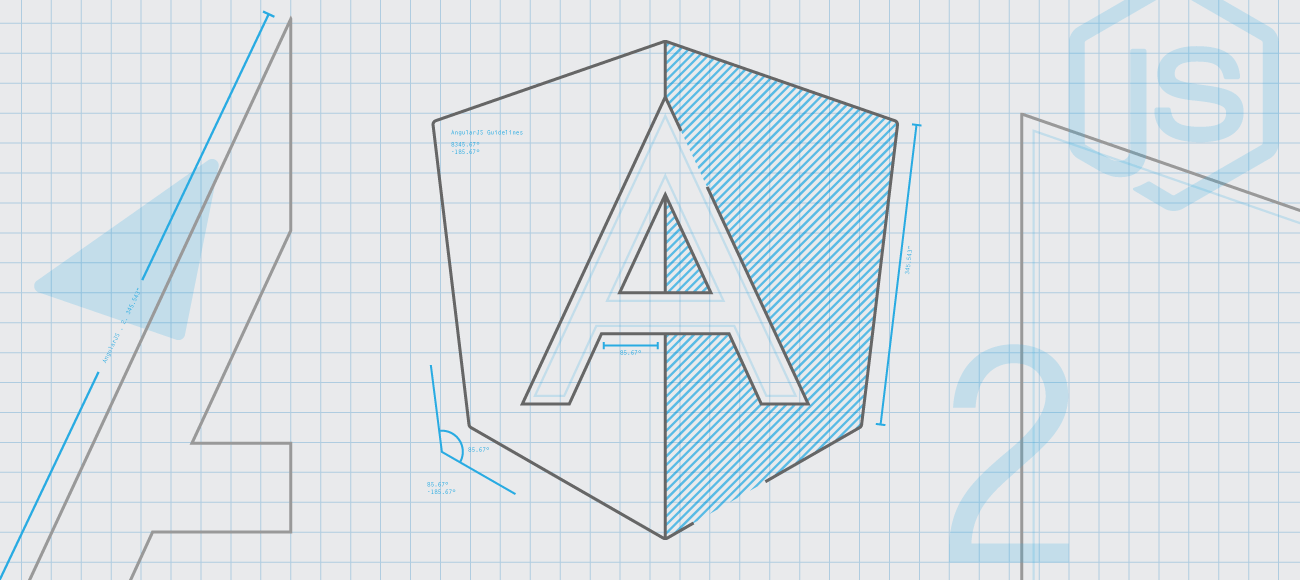Blog

Once again, Rangle was a Platinum sponsor of ng-conf in Salt Lake City, and this year made an even bigger impact than the last two years we've sponsored. Rangle's CEO Nick van Weerdenburg led a contingent of 23 Ranglers to the conference to learn about the future of the platform and even present some material on decorators and our new official Angular 2 developer tool Augury.

Even though this post was written in 2016 the concepts still hold. In that time the reselect library has had several new releases, be sure to read their updated API's here.

In this post, our Lead UX Designer Mike shares the one little addition to your design process that can really change the answer to the question “So, what do you do?”

We've recently released our Angular 2 Guidelines . As a result, I'd like to take a moment to explain why, and how, they were developed.

Interested in learning about the latest verison of Angular? Here is everything you need to know.

This post was last updated 03/31/2016. Please refer to our Angular 2 eBook for the most recent updates.

Change detection at face value is the act of determining if something is the same as it was at a previous time. In the case of this article, the thing that has changed is a web browser's Document Object Model (DOM) and the detection is done by Angular 2. This is an important feature of any web application's view layer and Angular 2 provides developers with many performant and useful tools for detecting change.

In part 1 of this series we defined a QuoteComponent that displays a random quote on a web page. We showed how to use Angular 2's testing utilities to mock out QuoteService and test the QuoteComponent's presentation logic in isolation.




